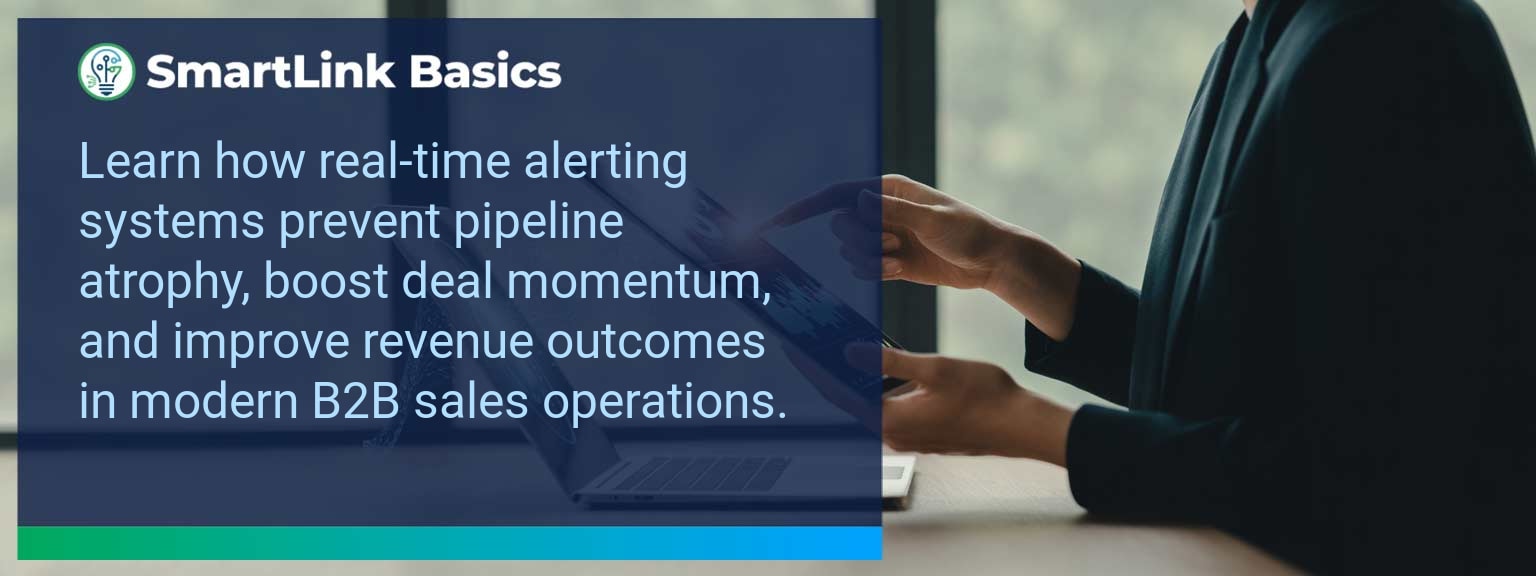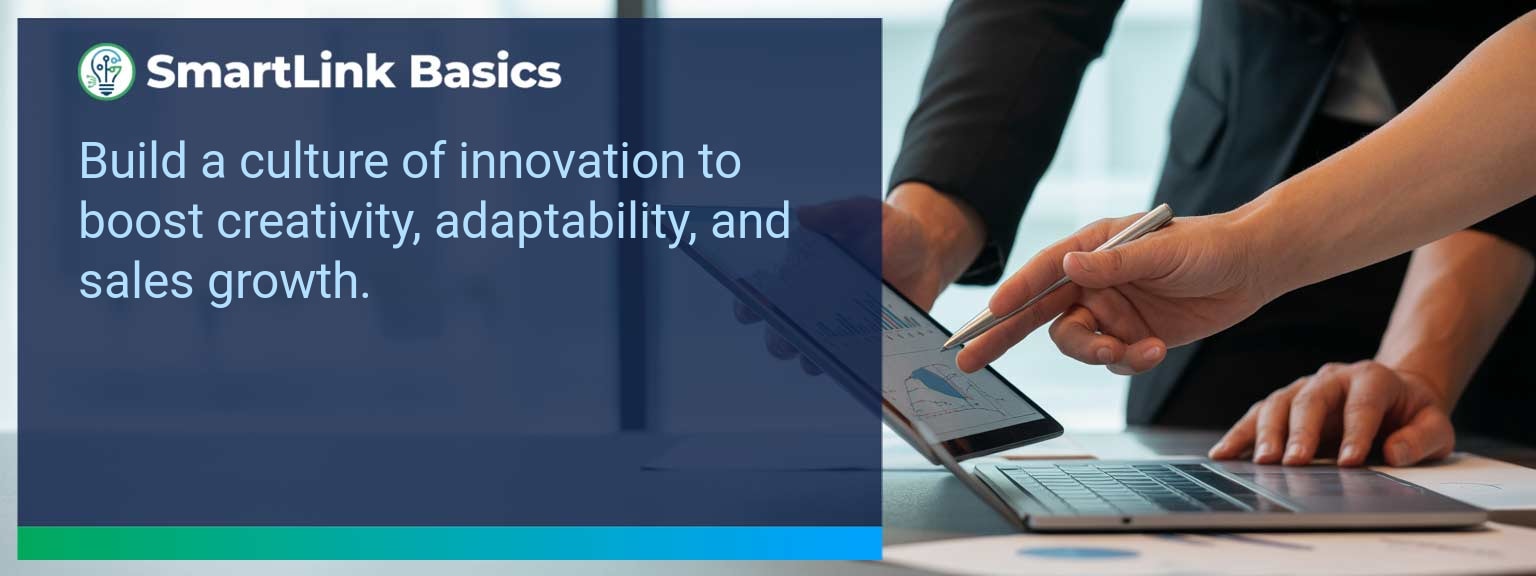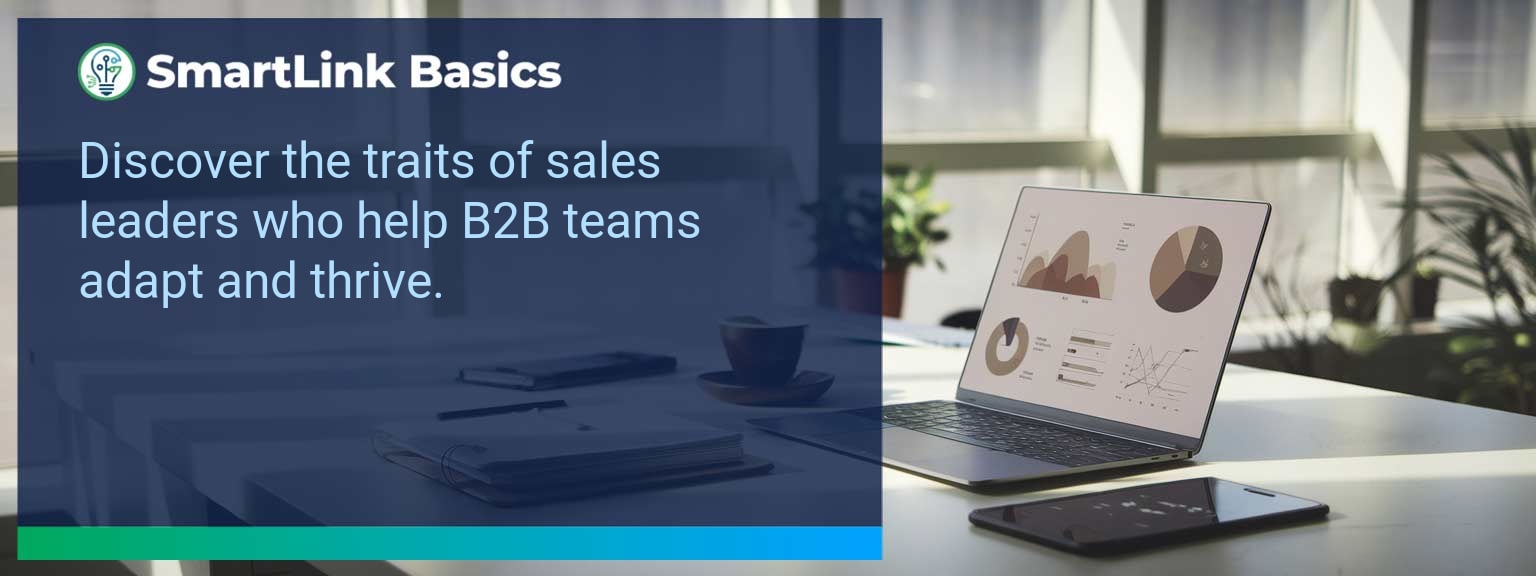Industry data shows that organizations adopting AI-driven automation achieve cost reductions of up to 30% while accelerating sales cycles by 20% or more (McKinsey, 2024). For sales leaders, AI automated workflows now define competitive advantage, enabling teams to reallocate time from repetitive tasks to high-value engagements. At SmartLink Basics, we help decision-makers implement these systems strategically, ensuring they integrate with existing revenue operations. In this article, you’ll see how AI automated workflows power business outcomes, the common obstacles that slow adoption, and practical steps to optimize processes. You’ll walk away with proven examples, a 90-day action blueprint, and measurable KPIs to track results.
- Automate repetitive administrative and CRM updates with AI.
- Integrate machine learning to personalize outreach at scale.
- Streamline approvals, quotes, and contract workflows for speed.
- Use predictive analytics to prioritize sales opportunities.
- Track adoption and performance with targeted metrics.
AI Automated Workflows: What Changed and Why It Matters
AI adoption has shifted from experimental to operational, making automated workflows a standard in high-performing sales organizations. The real advantage lies in combining workflow automation with artificial intelligence workflows to optimize every step of the revenue process. Sales leaders now use AI to synchronize touchpoints, reduce manual inputs, and ensure faster execution. For example, a B2B SaaS leader introduced automated lead enrichment and routing, cutting qualification time by 60%. Actionable insight: Audit processes for time-intensive handoffs and apply AI where repeatability is high.Redesign the Revenue Operating System With AI Automated Workflows
ICP, Segmentation, and Targeting AI-enabled segmentation uses historical wins, firmographic, and behavioral data to dynamically update ICP profiles. This ensures targeting precision without quarterly re-work. Pipeline Architecture Automated workflows push opportunities through the right stages based on engagement signals. AI flags at-risk deals for intervention. Plays and Messaging Integrated automation tools deliver personalized sequences based on buyer activity, increasing relevance at every touchpoint. Operating Cadence AI schedules follow-ups, forecast calls, and account reviews based on actual pipeline movement rather than static calendars. Actionable insight: Implement automation that adapts in real-time to both internal and buyer-driven events.Common Obstacles To Achieving Seamless Automation
The most frequent challenges are fragmented systems, inconsistent data quality, and cultural resistance. Without a unified data layer, automation amplifies errors rather than solving them. Coca-Cola Europacific Partners reported needing a full data governance upgrade before AI could improve sales workflows. Leaders must first assess infrastructure readiness and train teams to trust AI-influenced recommendations. Actionable insight: Before deployment, establish clean data practices and a single source of truth.Implementing AI To Optimize Workflows
Effective deployment of AI process optimization starts with mapping current-state processes, identifying friction points, and matching them with automation tools. For example, automating proposal generation based on CRM opportunity data can reduce turnaround from three days to one hour. Solutions combining business process automation platforms with machine learning integration enable continuous performance improvement. Actionable insight: Pilot in one high-impact stage, measure, and then expand.Tangible Benefits From Automated Processes
The benefits extend beyond time savings — sales leaders gain a scalable system. Tangible outcomes include faster quote-to-close, higher lead conversion, and better forecast accuracy. A manufacturing firm implemented AI-assisted order processing and cut errors by 40%, improving on-time delivery rates. Actionable insight: Track both speed and accuracy to measure workflow automation effectiveness.Metrics That Matter
| Category | Metric | Definition | Target |
|---|---|---|---|
| Leading | Workflow Completion Rate | % of automated sequences executed without manual intervention | 95%+ |
| Leading | AI Suggestion Adoption Rate | % of AI-generated action recommendations executed by reps | 80%+ |
| Lagging | Cycle Time Reduction | Decrease in time from lead entry to closed-won | 20%+ |
| Lagging | Revenue Per Rep | Average sales revenue generated per sales rep per quarter | +15% YoY |
| Quality | Automation Error Rate | % of workflows that trigger incorrect outcomes | <1% |
| Quality | Customer Satisfaction Post-Automation | Average CSAT score after automation implementation | ≥ 4.5/5 |
Innovations And Next Steps For AI Automation
Emerging capabilities like AI-generated playbooks, intent-driven dynamic routing, and integrated AR for virtual product demos are shaping the next wave of sales automation. Companies integrating these tools early will outpace competitors in speed and personalization. Actionable insight: Stay ahead by testing emerging automation features quarterly and aligning them with evolving buyer expectations.Get the 90-day plan, coaching rubric, and dashboard template to operationalize AI in your enablement program.
Turning AI Automation Into a Revenue Multiplier
AI automated workflows are now a strategic lever for predictable, scalable growth. This guide outlined current applications, adoption challenges, a 90-day execution plan, and measurable success criteria. To make automation pay off, sales leaders should integrate tools into one cohesive operating system and review results monthly for continuous improvement. Access more AI-driven sales enablement resources from SmartLink Basics to design a high-performance automation strategy. Accurate sales forecasting is no longer an advantage — it’s a necessity for competitive growth. Sales leaders using predictive analytics for sales have a measurable edge, aligning resources with actual demand and accelerating conversion rates. At SmartLink Basics, we equip decision-makers with frameworks that transform raw data into precise, revenue-driving actions. This topic is critical now as buying cycles grow more complex and customer expectations shift rapidly. In this article, you’ll learn how to identify performance barriers, deploy proven data-driven strategies, and track the right metrics to deliver sustainable sales growth.- Identify sales performance bottlenecks through data diagnostics.
- Segment customers using predictive behavior models.
- Optimize pipeline stages with probability-based forecasting.
- Align messaging and plays to high-value opportunities.
- Track both leading and lagging KPIs for balanced decision-making.
Understanding Barriers To Sales Performance
Many sales teams fail to reach growth targets because they operate on incomplete or lagging data. Lead quality is often unclear, pipeline health is measured inconsistently, and forecasting relies on subjective estimates from reps. This creates a disconnect between activity and outcomes. An example: A SaaS provider reviewed three months of opportunity data using a predictive scoring model. They found that 40% of their reps were prioritizing low-probability deals, wasting valuable cycles. To overcome such barriers, leaders must adopt sales growth strategies that combine behavioral signals, historical win rates, and customer profiling. The actionable step here is to map the “deal drift” points in your current process and realign resource allocation accordingly.Implementing Effective Data-Driven Strategies with Predictive Analytics for Sales
Deploying predictive analytics for sales requires evaluating the entire revenue operating system. Start with defining your Ideal Customer Profile (ICP) based on profit contribution, lifecycle value, and likelihood of retention. Accurate segmentation ensures your forecasting models learn from relevant, high-impact accounts. Next, refine pipeline architecture with probability-weighted deal stages, so forecasts reflect actual conversion odds. A B2B manufacturer adopted this approach and improved quarterly forecast accuracy by 18%. Playbooks and messaging then target buyer intent signals, reinforcing alignment with high-conversion opportunities. Finally, establish an operating cadence where analytics dashboards are reviewed weekly, and sales motions are adapted in near real-time. This closes the loop between data insight and field execution.Tangible Sales Improvements Achieved
When predictive analytics integrates tightly with sales operations, measurable performance gains follow. Improved sales forecasting accuracy allows for better inventory planning, more targeted marketing spend, and reduced customer acquisition costs. Consider a retail chain that integrated customer behavior analysis into its CRM. Personalized offers based on predictive intent signals lifted conversion rates by 22% within a quarter. Revenue per rep also increased as low-yield activities were reduced. For leaders, the key takeaway is that data-driven insights must inform daily sales execution, not just quarterly reviews. This ensures conversion optimization benefits are sustained over time.Advancing Predictive Capabilities For Tomorrow
Sales organizations that continuously enhance their predictive models stay ahead of market changes. Innovations in AI are delivering deeper business intelligence by incorporating external sentiment data, competitor activity, and economic indicators into scoring models. The next stage involves integrating predictive analytics with automated action triggers — for example, sending a targeted offer when a buyer engages with key content. This proactive shift ensures sales teams influence decisions earlier in the buyer journey. The immediate action for tomorrow’s growth is investing in tools and skills that evolve with predictive capabilities, keeping your forecasting accurate and your sales growth strategies relevant.Metrics That Matter
| Category | Metric | Definition | Target |
|---|---|---|---|
| Leading | High-Probability Deal Focus | % of rep time spent on opportunities with 60%+ predicted close rate | 70%+ |
| Leading | Forecast Update Frequency | Number of pipeline forecast adjustments per week based on predictive signals | 2+ |
| Lagging | Forecast Accuracy | Difference between predicted and actual sales revenue | ±5% |
| Lagging | Conversion Rate Lift | Increase in close rate after predictive strategy implementation | +15% |
| Quality | Data Completeness | Proportion of opportunities with all required predictive fields populated | 95%+ |
| Quality | Rep Adoption Rate | % of reps actively using predictive analytics dashboards weekly | 90%+ |
Get the 90-day plan, coaching rubric, and dashboard template to operationalize AI in your enablement program.









